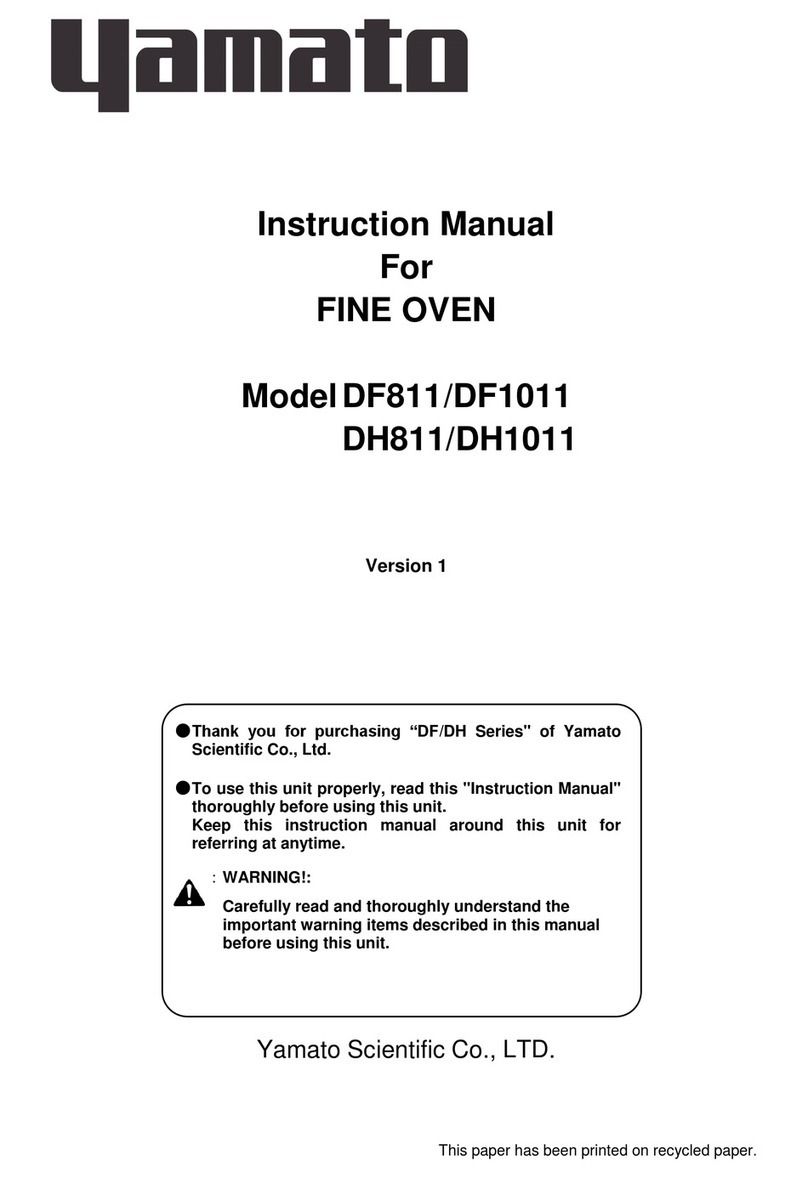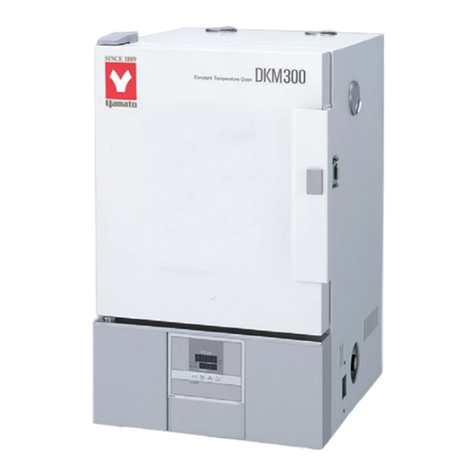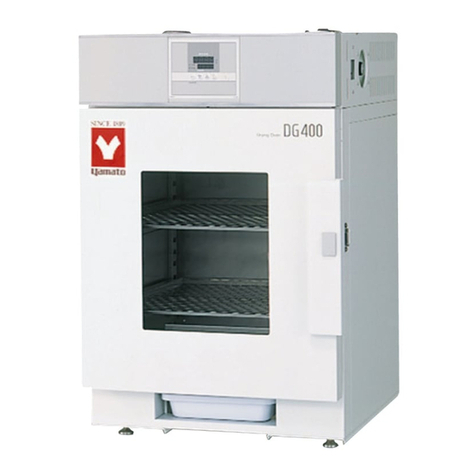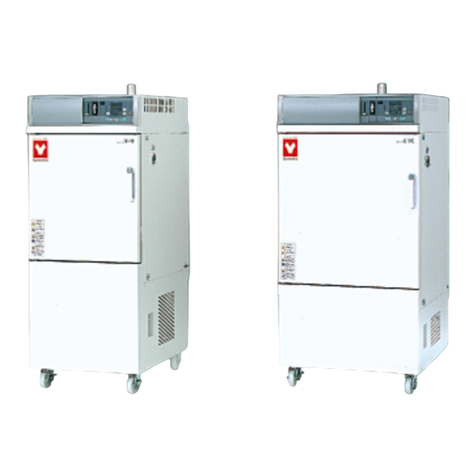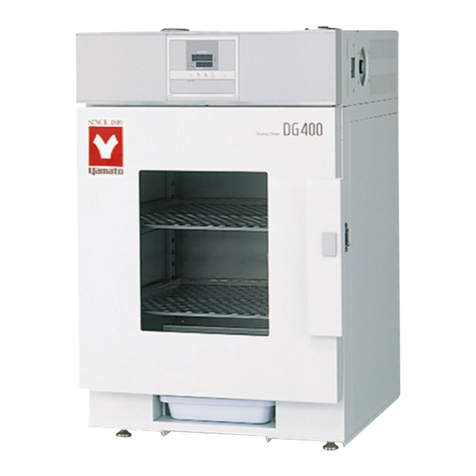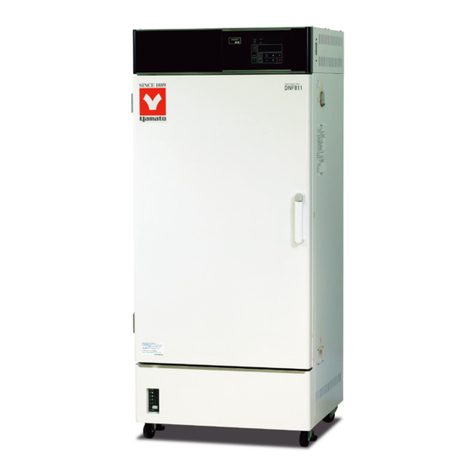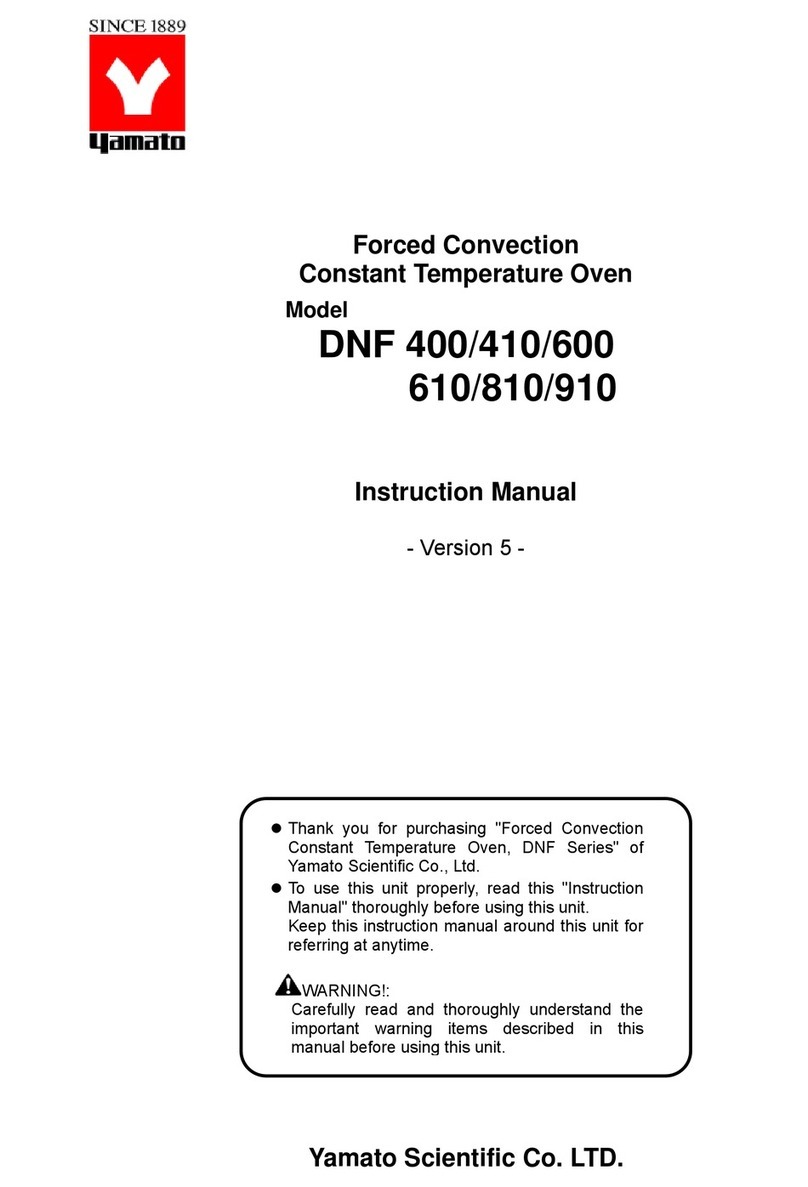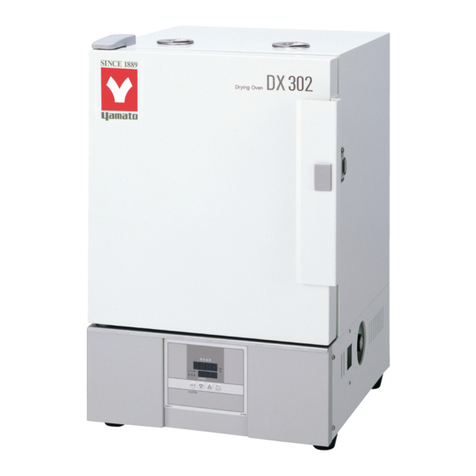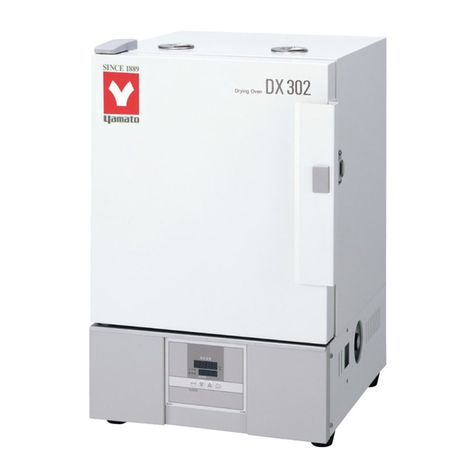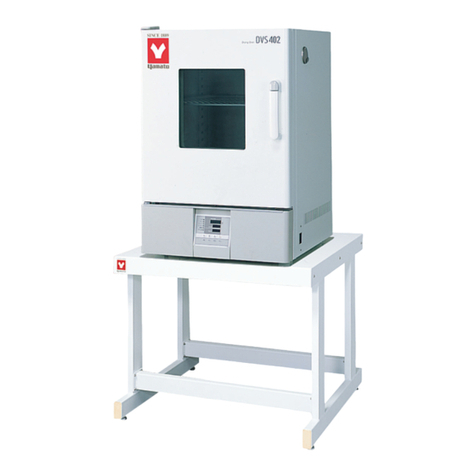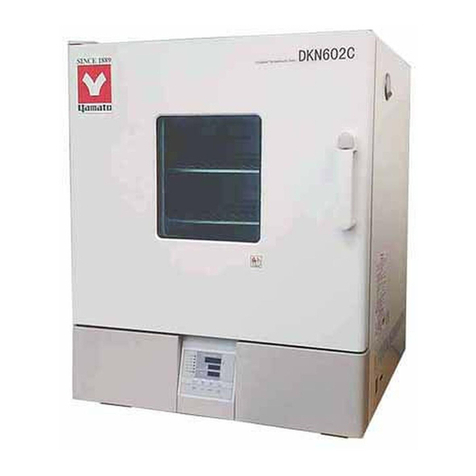
Table of contents
1. Safety precautions ........................................................................................................................1
Explanation of symbols....................................................................................................................1
List of symbols.................................................................................................................................2
Warning・Cautions .........................................................................................................................3
2. Before operating the unit..............................................................................................................4
Precautions when installing the unit ................................................................................................4
3. Names and functions of parts ......................................................................................................9
Main body........................................................................................................................................9
Operation panel.............................................................................................................................10
Explanation of characters ..............................................................................................................11
4. Operating procedures.................................................................................................................13
List of operation modes and functions...........................................................................................13
Operation mode・function setting keys and characters ................................................................15
Settings for overheat prevention device ........................................................................................16
Operating procedures (fixed temperature operation).....................................................................17
Operating procedures (quick auto stop operation) ........................................................................18
Operating procedures (auto stop operation)..................................................................................19
Operating procedures (auto start operation)..................................................................................21
Preparing a program......................................................................................................................23
Program repeat operation..............................................................................................................28
Programming sheet .......................................................................................................................29
Useful functions (calibration offset function) ..................................................................................31
Useful function (lock function) .......................................................................................................32
5. Cautions on handling..................................................................................................................33
6. Maintenance procedures ............................................................................................................35
Daily inspection/maintenance........................................................................................................35
7. When the unit is not used for a long time or when disposing.................................................36
When the unit is not used for a long time or when disposing.........................................................36
Notes about disposition .................................................................................................................36
8. Troubleshooting ..........................................................................................................................37
Safety device and error codes.......................................................................................................37
When a malfunction is suspected..................................................................................................38
9. After sales service and warranty................................................................................................39
When requesting a repair ..............................................................................................................39
10. Specifications ............................................................................................................................40
11. Wiring diagram...........................................................................................................................41
12. List of replacement parts..........................................................................................................42
13. List of dangerous materials......................................................................................................43
14. Standard installation manual....................................................................................................44

